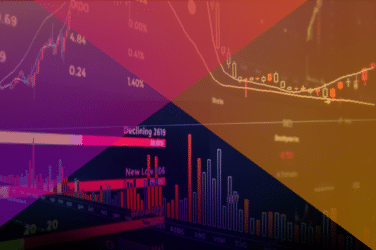
The good news is, corporate bond market structure is changing. The not-so-good news is, the change is incremental and too slow for some market participants’ tastes.
Overall, the market functions reasonably well. For one, corporations can raise the capital they need. Corporate debt issuance totaled $1.51 trillion last year, according to Sifma — that’s $20 billion more than 2015 levels, and almost $500 billion more than five years ago.
On the other side, institutional bond investors, for the most part, are able to do what they need to do in terms of buying and selling. The new-issue market is robust and the secondary market is serviceable.
But there are issues in the secondary market. Persistent issues. Everyone involved in the market knows the (abridged) story, which is that bulge-bracket banks have diminished clout and can’t provide the liquidity they once did, and electronic trading platforms can only do so much in making up the shortfall.
One potential remedy is more trading venues for multiple parties from across market constituencies to convene and amalgamate liquidity. In a widely disseminated whitepaper from October 2014, the giant money manager BlackRock suggested this as a first step to improving liquidity.
All-to-all, or open trading has gained traction. Last year, MarketAxess said trading on its all-to-all platform totaled $167 billion through December 16, nearly double the $91.5 billion for the full year 2015. MarketAxess CEO Rick McVey called the company’s Open Trading platform “the preferred all-to-all liquidity solution in global credit markets.” Rival electronic-trading platform operator Tradeweb said it would provide similar functionality in the first quarter of the year.
But while percentage-increase numbers are gaudy, they’re building on a small base. As of about a year ago, industry estimated showed that only about 20% of investment grade corporate bonds traded electronically — most deals are still negotiated between a dealer and an institutional investor via phone or chat. Reasons cited for the stickiness of the protocol include perceived consequences of disintermediating dealers; higher costs, small transaction sizes, and potential information leakage.
So, the bilateral D2C model, for all its warts, continues to hold sway in the corporate bond market, confounding predictions that it’s going the way of the dodo bird.
Will 2017 be the year that all-to-all boosts electronic trading to the extent that high percentages are cited in terms of market share, rather than increases off a modest base?
My suspicion is that momentum accelerates but D2C remains a stubborn incumbent.
<





